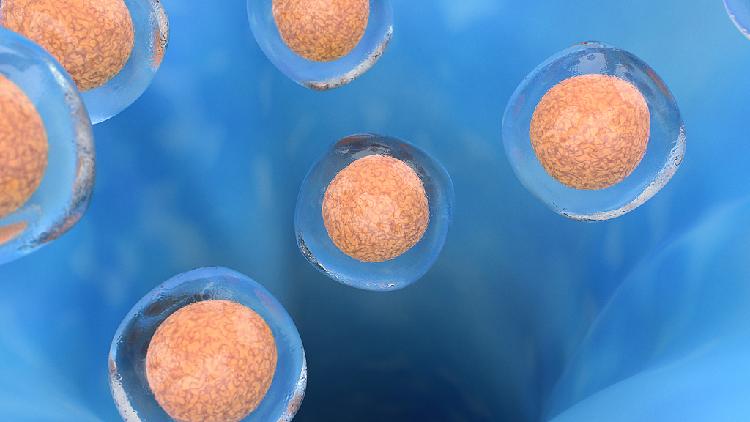Researchers unveil advancements in creating a detailed atlas of human cells
On Wednesday, scientists presented the inaugural blueprint of human skeletal development, marking a significant step towards their objective of creating a comprehensive biological atlas of all cell types in the body. This effort aims to enhance our understanding of human health and improve the diagnosis and treatment of diseases.

This initiative is part of the ongoing Human Cell Atlas project, launched in 2016 and involving researchers globally. The human body is composed of approximately 37 trillion cells, with each cell type performing distinct functions.
The researchers expect to produce the first draft of the atlas within the next year or two. Aviv Regev, founding co-chair of the project and currently the executive vice president and head of research and early development at U.S. biotech company Genentech, emphasized the significance of this work on two fronts.
"First of all, it's our basic human curiosity. We want to know what we're made of. I think humans have always wanted to know what they're made of. And, in fact, biologists have been mapping cells since the 1600s for that reason," Regev noted.
He further highlighted, "The second and very pragmatic reason is that this is essential for us in order to understand and treat disease. Cells are the basic unit of life, and when things go wrong, they go wrong with our cells, first and foremost."
The researchers focused on mapping skeletal development during the first trimester of pregnancy, enabling them to characterize all cells, gene networks, and interactions pivotal to bone formation in the early stages of human growth. They demonstrated how cartilage serves as a framework for bone development throughout the skeleton, excluding the upper part of the skull. Their study included mapping the critical cells involved in skull formation and investigating how certain genetic mutations could lead to early fusion of soft spots in a newborn's skull, potentially limiting brain growth.
According to the researchers, understanding these cells could provide new diagnostic and therapeutic targets for congenital conditions. They also discovered that certain genes activated in early bone cells might correlate with an elevated risk of hip arthritis in later life.
Additionally, the researchers presented an atlas of the gastrointestinal tract, encompassing the tissues from the mouth through the esophagus, stomach, intestines, and colon. They identified a type of gut cell that might contribute to inflammation, which could have implications for diseases like Crohn's disease and ulcerative colitis.
Another component of their findings included an atlas of the developing human thymus, an organ responsible for training immune cells to defend against infections and cancer.
These findings were published in the journal Nature and associated Nature Portfolio journals.
"While the primary focus has been on mapping the cells of the healthy human body, the project has already contributed valuable insights into diseases such as cancer, COVID-19, cystic fibrosis and diseases affecting the heart, lung and gut, among others," stated Alexandra-Chloe Villani from Massachusetts General Hospital and the Broad Institute of MIT and Harvard, a member of the project's organizing committee.
The research utilizes advanced data and analytical methods, incorporating elements of artificial intelligence and machine learning.
The Human Cell Atlas data enables scientists "to train foundation models, like a 'ChatGPT for cells,' which help us annotate new cells or search for a new cell within the tens of millions of profiles," explained Sarah Teichmann, co-chair of the project and a researcher at the Cambridge Stem Cell Institute.
Teichmann added, "These help us make unexpected connections, for example between cells seen in fibrotic lung diseases and in tumors in the pancreas."
Unraveling human anatomical complexity at the cellular level has posed a challenge.
"Fundamentally, these studies tell us how tissues, organs and humans are built," said Muzlifah Haniffa of Wellcome Sanger Institute and Newcastle University, who is also involved in the project's organization.
"Understanding human development is critical to understanding developmental disorders, childhood disorders that have a prenatal onset, as well as diseases that also affect adults, as developmental pathways can re-emerge in later life disease. Practical applications include new diagnostic, clinical management and therapeutic strategies for the clinic," Haniffa added.
Navid Kalantari for TROIB News
Discover more Science and Technology news updates in TROIB Sci-Tech












